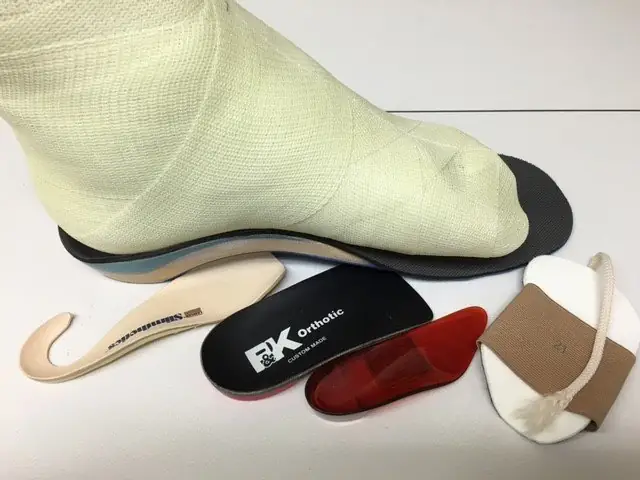At Rochester Clinic, one of our specialty services is podiatry. If you are dealing with foot pain, you may consider utilizing products
such as orthotic devices, custom foot wear, protective padding, braces, splints, removable casts, and other supports. Today we are going to hone in on some need-to-know facts about foot orthotics, a widely used method for the prevention and treatment of foot disorders.
Here are three things to understand when it comes to receiving footorthoses:
1) With the custom approach, foot orthotics are made from molds that are specific to the patient; not over the counter or off the shelf. Although many local feet and shoe stores say they offer “custom orthotics,” it simply means that they have multiple sizes and typically select one that appears to be the best fit for the foot.
2) A prescription makes all the difference. A doctor would not give out a prescription that says “hypertension” or “medications” for a patient to bring to the pharmacy, and the same should be considered for foot orthoses. At Rochester Clinic, patients receive an orthotics prescription from their medical or podiatric physician. The physician takes care of the casting and writes a detailed prescription for the materials specific to the arch, heel, forefoot, along with any other special considerations. It’s the physician who performs the examination and assessment and knows precisely the characteristics of orthotics the patient needs prior to writing the prescription.
3) There are two basic types of orthotics: functional and accommodative.
· Accommodative, as the name implies, accommodates to the foot. This option is usually for patients with diabetic neuropathy and/or rheumatoid nodules.
· Functional orthotics are meant to improve functions and/or reduce pain during certain activities, such as sports or daily walking. They require different casting methods and different considerations for the prescription.

